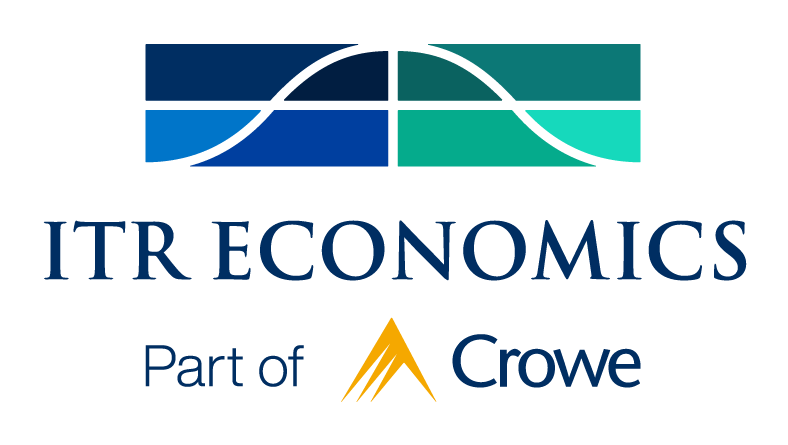WEEKLY FED WATCH
This week on Fed Watch, ITR Economist Lauren Saidel-Baker discusses the recent tariff announcements on April 2 and their potential impacts on both the economy and the Federal Reserve Board. How will these tariffs affect economic growth and inflation, and what does it mean for the Fed’s future actions? Tune in to find out!
Key Episode Takeaways
- 0:19 – Economic implications of Trump administration’s recent tariff announcement
- 0:53 – Despite slower economic growth, tariffs won’t trigger a US recession
- 1:14 – Analysis of the inflationary nature of tariffs
- 1:52 – Federal Reserve’s dual mandate and potential response
- 2:45 – Future outlook and strategies for business leaders
The below transcript is a literal translation of the podcast audio that has been machine generated by Notta.
Hi, I’m Lauren Saidel-Baker, and thank you so much for joining me for this April 4th edition of ITR Economics Fed Watch.
It has been a busy week in the world of economics, led by those recent announcements on tariffs from President Trump. So, what does that mean for the economy and for the Fed more specifically? Well, this is going to be a very volatile time. We see so much uncertainty with trade policy. At least this week’s tariff announcement starts to answer those questions of what will trade policy be? It’ll let businesses make their plans and actually implement those plans based on some knowns. But there are still a lot of unknowns out there.
So, going forward, what do tariffs likely do to economic growth? At this point, we at ITR believe these tariffs will slow the rate of economic growth, but this is not enough by itself to cast the U.S. economy into recession. So, we do still see growth going forward, just growth at a slightly slower pace.
The big impact, of course, will be on inflation. Tariffs are inflationary. We are raising the prices of those foreign goods. And there’s likely some room even for domestic producers to increase their pricing in response. We saw that very clearly with the 2018 round of tariffs. It didn’t necessarily bring back a lot of new manufacturing output. We didn’t see too much evidence of that in our analysis. But what this tariff environment tends to do is it leads to a higher input cost environment. And a more complex, more convoluted supply chain.
So, what does this mean for the Fed? Well, the immediate reaction from many Fed watchers is that this might cement some rate cuts, right, a slower pace of economic growth, we could look to the Fed to those lower interest rates to be more stimulative. Unfortunately, creating economic growth is not in the Fed’s dual mandate. They’re focused on the labor side of things and on the inflation side. That’s the side of the dual mandate that I expect is going to come under the most scrutiny in the very near term.
Tariffs are inflationary. Just today we saw Chair Powell make some very aggressive comments on the likely inflation impact of these tariffs. So pricing pressures coming back to the forefront, especially on that goods side of the economy, where things had been a little bit more under control. This is likely to cause more hesitancy.
Now we’ll be watching future Fed speak and additional comments from these officials going forward. But at the end of the day, that is the unknown that we need to watch. It is pricing. Stick with us at ITR Economics as we unpack these tariffs. We have many different resources on our website. Get in touch with us if we can help you identify what this means to your business and your sector more closely going forward. But from the Fed side of things, I would certainly be looking for this higher interest rate environment for longer.
Thank you so much for joining me today. We will keep on this analysis and be back with more next week right here on Fed Watch.

